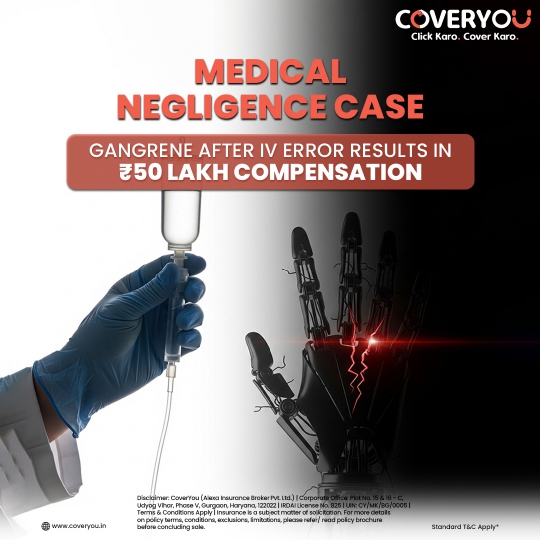When a company or organisation, decides to opt for a health insurance plan for their employees, they have to consider various aspects in this regard. There are a variety of plans available in the market, which can create a hurdle in selecting the best plan as per the requirements of the organisation or individual. In this regard, one must have come across several acronyms like, HMO, PPO, POS, and EPO. Understanding the difference between HMO, PPO, POS, and EPO insurance plans is crucial for making informed decisions.
Here’s a breakdown of each type:
HMO: Health Maintenance Organization
A Health Maintenance Organization (HMO) plan is among the most cost-effective health insurance options. It typically features lower premiums and deductibles, along with fixed copays for doctor visits. This plan is ideal for individuals or organizations on a tight budget, with minimal health concerns.
- Structure: Uses a local network of providers who agree to lower payment rates.
- Flexibility: Requires referrals from a primary care physician (PCP) and typically doesn’t cover out-of-network care.
PPO: Preferred Provider Organization
A Preferred Provider Organization (PPO) plan has higher premiums compared to HMO or POS plans. However, it allows individuals to visit specialists and out-of-network doctors without needing a referral. It also offers low copays and coinsurance for in-network providers. If you anticipate needing more healthcare services in the coming year and can manage the higher premiums, a PPO is an excellent choice.
- Structure: Offers a network of providers but allows out-of-network care.
- Flexibility: No need for referrals to see specialists, and patients can choose any doctor or hospital.
POS: Point of Service
A Point of Service (POS) plan, like an HMO, often requires a referral from one’s primary care physician to see a specialist. While it has slightly higher premiums than an HMO, it does cover out-of-network doctors, though at a higher cost. This is especially important when someone needs to manage a condition and the doctors are not within the network.
- Structure: Combines features of HMO and PPO, offering both in-network and limited out-of-network care.
- Flexibility: Requires a PCP, but some plans offer open access without needing referrals.
EPO: Exclusive Provider Organization
An Exclusive Provider Organization (EPO) plan, is not as widely known as other plans. However, it covers in-network care, much like HMOs. EPO networks are generally more extensive. In the EPO plan referrals from a primary care physician may or may not be required. Premiums for EPOs are higher than those of HMOs but lower than PPOs.
- Structure: Provides a network of providers similar to HMO.
- Flexibility: Does not require a PCP or referrals but doesn’t cover out-of-network care except in emergencies.
Cost Considerations:
- HMOs and EPOs: Generally have lower premiums and out-of-pocket costs due to using a set network of providers.
- POS Plans: Tend to have higher premiums due to out-of-network benefits.
- PPOs: Typically have the highest premiums and out-of-pocket costs but offer the most flexibility.
Choosing the Right Plan:
- HMO/EPO: Best for those seeking lower costs and don’t mind using a PCP.
- PPO: Suitable for those wanting flexibility and willing to pay more.
- POS: Ideal for those looking for a balance of cost and flexibility.
Conclusion:
Selecting the right health insurance plan involves weighing the trade-offs between cost, flexibility, and coverage. Whether one, prioritizes lower premiums with HMOs and EPOs or values. The freedom to choose any provider with PPOs, and understanding the unique benefits and limitations of each plan will help ensure the organization makes the best decision for their employees’ healthcare needs. Always consider personal circumstances and healthcare requirements when choosing the most suitable plan.
Carefully review each plan to match your team’s needs and ensure you’re making the best choice for your employees’ healthcare coverage.
Source:
https://www.aetna.com/health-guide/hmo-pos-ppo-hdhp-whats-the-difference.html
https://www.justworks.com/blog/breaking-down-difference-between-hmo-ppo

















